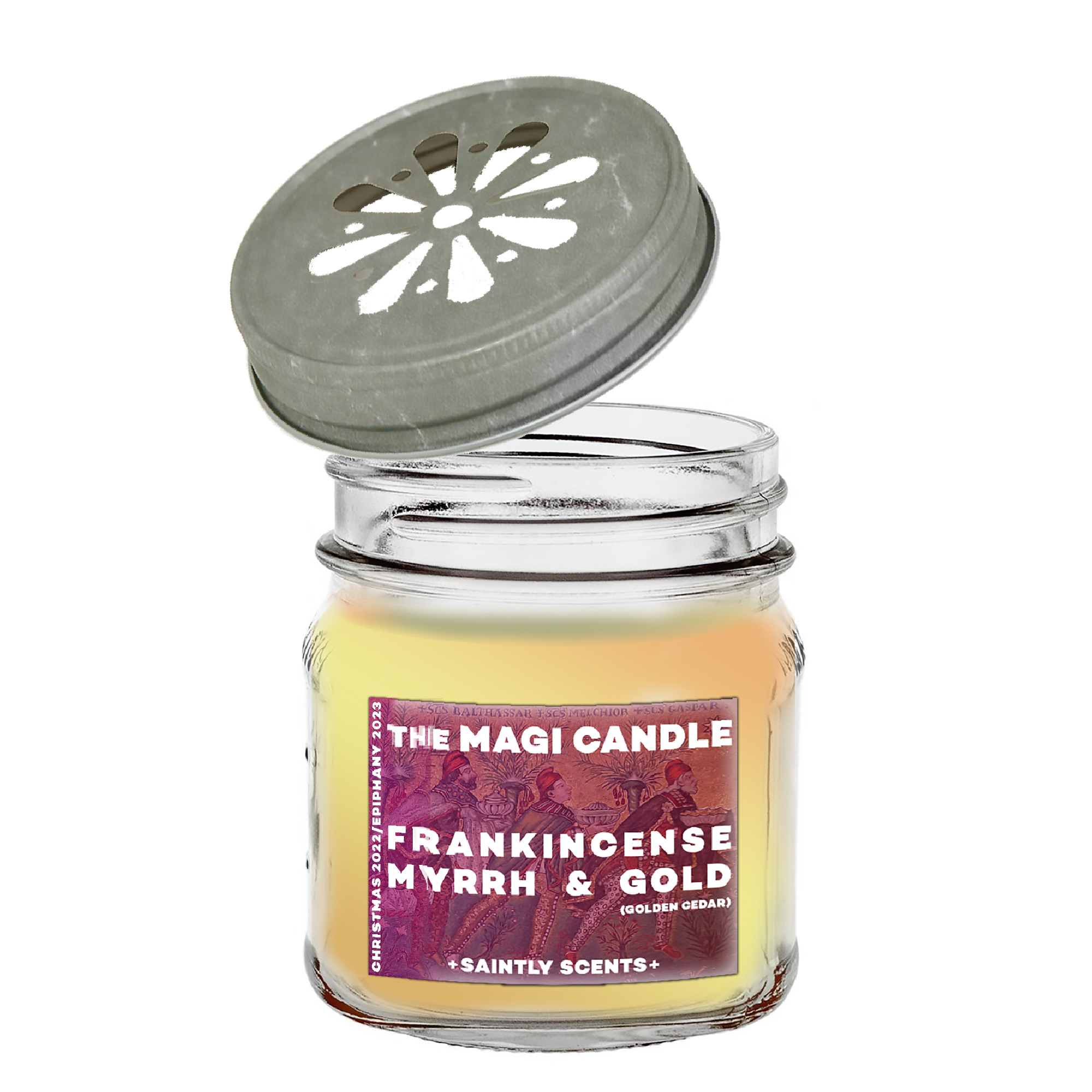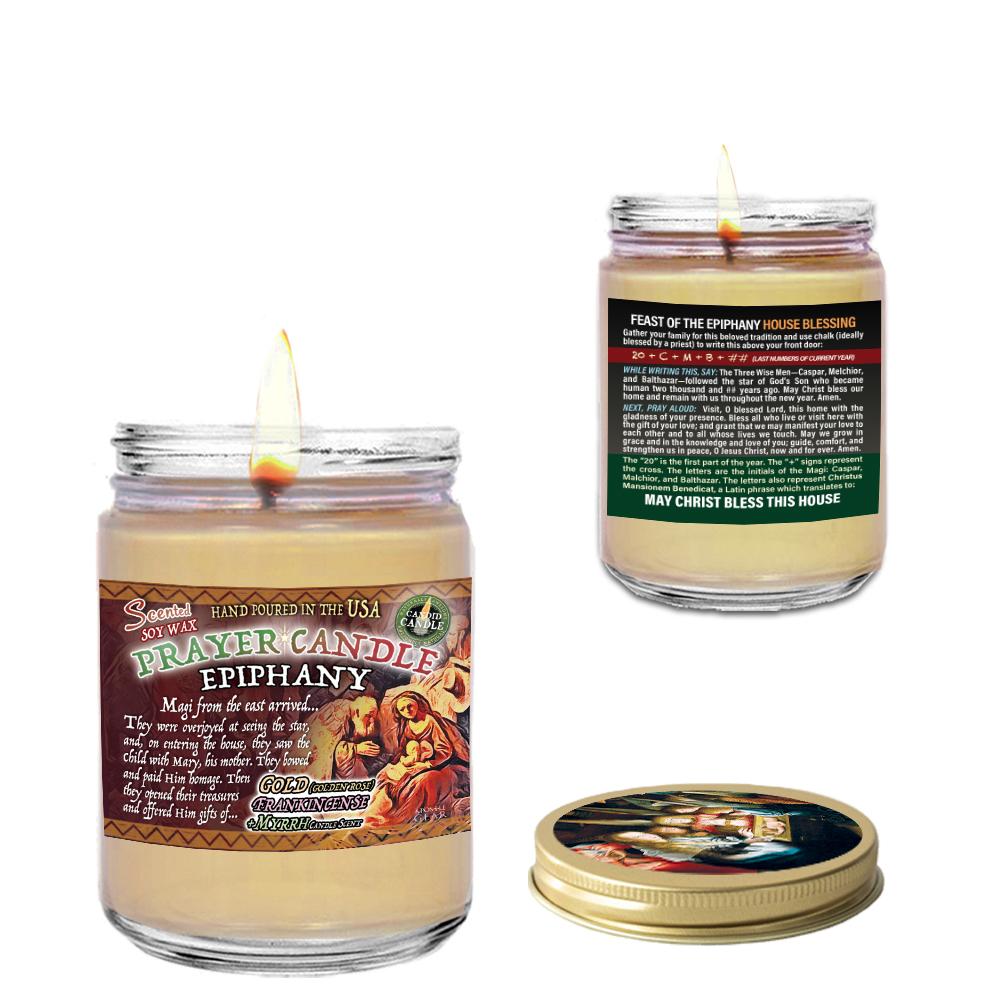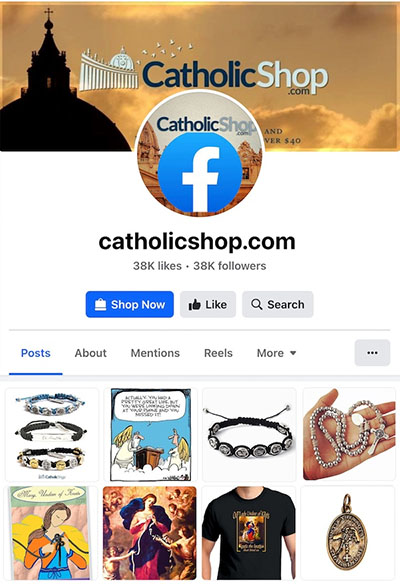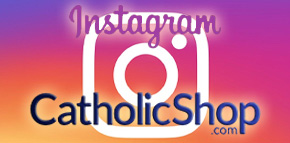The Feast of the Epiphany, celebrated on January 6, is one of the oldest and most significant feasts in the Christian liturgical calendar, particularly for the Catholic Church.
It commemorates the manifestation of Jesus Christ to the Gentiles, as represented by the Magi (Matthew 2:1-12), and also celebrates His baptism in the Eastern Christian traditions.
The term ‘Epiphany’ comes from the Greek word ‘epiphaneia,’ meaning ‘manifestation’ or ‘appearance.’
Historically, the feast originated in the Eastern Christian Churches and was a general celebration of the incarnation of Jesus Christ. It included the commemoration of His birth, the visit of the Magi, His baptism in the Jordan River by John the Baptist, and His first miracle at Cana.
Over time, the Western Church separated the celebration of the Nativity of Christ as Christmas, with the Epiphany specifically focusing on the visit of the Magi.
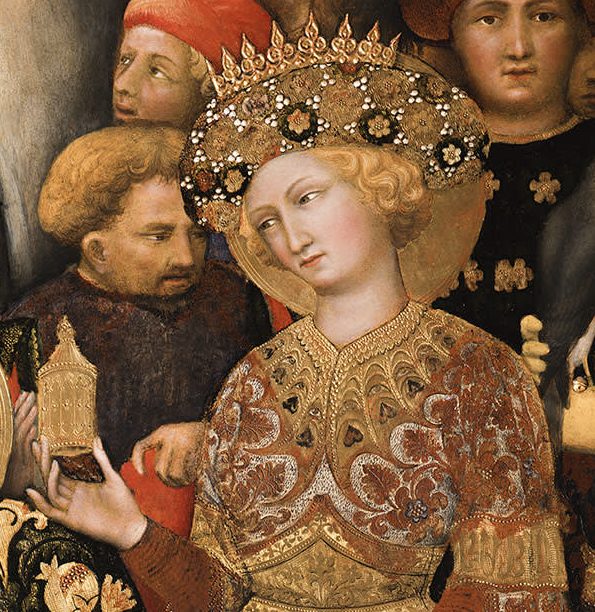 Early History
Early History
In the early centuries, the Epiphany was marked by Christians with great solemnity. It involved elaborate liturgical rites and was considered as significant as Easter in the liturgical calendar. Various traditions developed over time in different regions to mark this day:
- Blessing of Waters: In Eastern traditions, the blessing of waters, symbolizing Christ’s baptism, became a central part of the celebration.
- Gift Giving: Inspired by the Magi’s offerings to Jesus, gift-giving was a common practice on this day in many cultures.
- Dramatic Representations: In medieval Europe, plays depicting the visit of the Magi were popular, often performed during liturgical services.
- Special Liturgies and Hymns: Churches conducted special masses and sang specific hymns that narrated the events related to the Epiphany.
Modern-Day Celebrations
Today, the Epiphany is still celebrated with fervor across the Catholic world, though traditions vary by culture and region:
- Liturgical Observances: Special masses and services are held, focusing on the themes of revelation and light. The reading of the Gospel account of the visit of the Magi is central.
- Chalking the Door: A tradition of blessing homes is observed in some cultures, where chalk is used to write the year and initials of the three Magi over the doors of homes.
- Epiphany Plays and Processions: In some regions, reenactments of the Magi’s visit are performed, often involving processions or parades.
- King’s Cake: In various countries, especially in Europe and Latin America, a special cake known as ‘King’s Cake’ or ‘Three Kings’ Cake’ is prepared, with a small figurine hidden inside. The person who finds the figurine is said to have good luck for the year.
For the Catholic community, the Epiphany is not just a historical commemoration but a living tradition that resonates with contemporary faith. It reminds the faithful of Christ’s manifestation to all nations and emphasizes the call to be a light to the world.
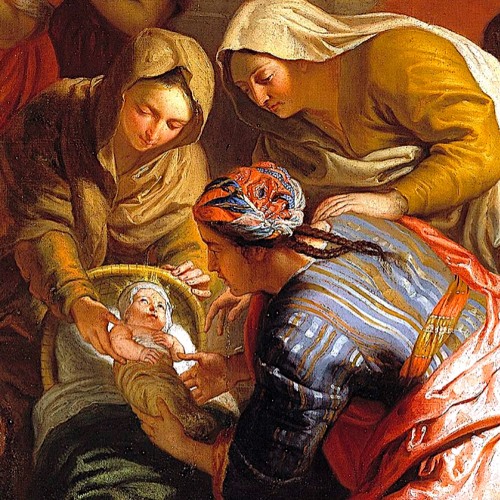 Worldwide Traditions
Worldwide Traditions
Each culture brings its unique flavor to the celebration, reflecting the richness of Catholic faith and heritage. Here are some specific examples of how Catholics in various cultures honor this feast:
- Spain and Hispanic Cultures: In Spain, the Epiphany is known as “Día de los Reyes” (Day of the Kings). The night before, children leave out shoes to be filled with gifts by the Three Kings, similar to the tradition of stockings at Christmas in other cultures. One of the most beautiful aspects of this celebration is the grand parade known as “Cabalgata de Reyes,” where floats and performers reenact the arrival of the Three Kings. It’s a spectacle of lights, music, and joy, truly a sight to behold.
- Italy: In Italy, the Epiphany is associated with the figure of La Befana, a friendly witch who delivers gifts to children. According to legend, La Befana was visited by the Magi on their way to see Jesus, but she declined their invitation to join them. She later regretted her decision and now flies on her broomstick each Epiphany Eve, leaving treats for children. The festivities, especially in cities like Venice and Florence, are marked by colorful parades and regattas.
- Poland: In Poland, the Feast of the Epiphany, or “Trzech Króli,” involves special church services and street parades where people dress as the Three Kings. One of the most striking traditions is the blessing and distribution of chalk with which believers mark their homes with the initials of the three wise men, symbolizing their protection over the household.
- Philippines: The Philippines, with its rich Catholic heritage, celebrates the Epiphany as part of the longer Christmas season, extending the festive spirit. In some regions, the day is marked by reenactments of the arrival of the Three Kings, adding a local flavor with traditional costumes and music.
- Mexico: In Mexico, the Epiphany is celebrated with “Rosca de Reyes” or King’s Cake. This sweet, circular bread symbolizes a crown and often contains a small figurine representing the baby Jesus. Whoever finds the figurine in their slice is tasked with hosting a party on February 2nd, Candlemas Day.
- Ethiopia: In Ethiopia, where the majority of Christians are Orthodox and follow the Julian calendar, the Epiphany, known as Timkat, is celebrated on January 19th. It’s an extremely colorful festival with large processions, traditional clothing, and the reenactment of Jesus’ baptism. The festivity is vibrant, with singing, dancing, and a ritualistic baptismal event, making it one of the most picturesque celebrations of the Epiphany in the world.
- France: In France, the Epiphany is traditionally marked by the sharing of “Galette des Rois,” a puff pastry cake. Similar to the tradition in Mexico, a small figurine, “la fève,” is hidden inside the cake. The person who finds it becomes the king or queen for the day, often wearing a crown that accompanies the cake.
These unique celebrations highlight the Epiphany’s universal appeal, often merging religious significance with cultural heritage, adding to the beauty and richness of this significant Catholic feast.
No matter how you choose to observe it, however, the Feast of the Epiphany encourages Catholics to reflect on their own journey of faith, recognizing Christ’s presence in their lives and their role in bearing witness to His light and truth…
Just as the Magi did over two millennia ago!
The Magi Candle
The Magi Candle by Saintly Scents delivers the delightful, old-world fragrances of the first Christmas.
After lighting this beautiful, 8 ounce soy candle, you’ll immediately be treated to the fragrances of Frankincense, Myrrh, and golden cedar. Of course, gold doesn’t have a fragrance, but cedarwood is common in the Holy Land and we used it to represent the aroma of freshly-cut wood to represent both Joseph, a carpenter, as well as the Nativity stable in which Jesus was born.
We make each Magi Candle by hand in small batches using premium ingredients and components including organic essential oils, clean-burning soy wax (with a hint of beeswax), cotton wicks, recyclable glass jars and metal lids, and high-resolution labels. For a similar option, see our Epiphany Blessing Candle.
FEATURES:
- 8 ounces of soy wax and beeswax
- Glass Mason jar
- Metal daisy lid
- Made by hand in the USA
- Organic essential oils
- Zinc-free cotton wicks
>> MAGI CANDLE <<
The Epiphany House Blessing Candle
Our handmade Epiphany Scented Prayer Candle draws from Christmas, the Nativity, Epiphany, and other holiday traditions.
On the back of this lovely scented candle, you’ll find the Epiphany House Blessing, an age-old prayer tradition that will bring the Nativity story alive for you and your family this Christmastime.
Made in small batches with all-natural soy wax and hand-poured in the USA, the Epiphany prayer candle features a lovely fragrance that brings the gifts of the wise men right into your home: Gold (golden rose), Frankincense, and Myrrh.
This candle’s scent is primarily the beautiful fragrance of Frankincense, which is what you generally find in incense at church. The fragrance is enhanced with notes of Myrrh and Golden Rose, since actual gold doesn’t have a smell, and the rose is a symbol of the Blessed Mother.
FEATURES
- Medium Jar (7 Ounces) – More sizes
- Made in the USA
- All-natural soy wax
- Hand-poured in small batches
- Eco-friendly/recyclable
- Beautiful aroma
>> EPIPHANY CANDLES <<

